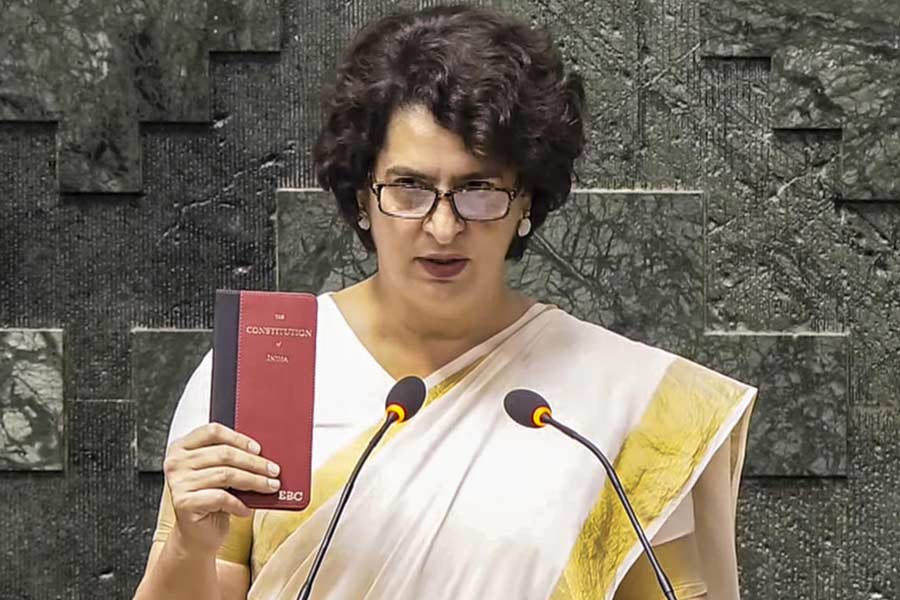Retirement fund body EPFO has onboarded Air India Ltd for social security benefits like PF, pension and insurance and has received contributions for about 7,453 employees for the month of December from the airline, a labour ministry statement said on Saturday.
The Tata Group took over the debt-ridden airline from the Government of India. Air India had applied for EPFO coverage, which has been allowed, the retirement fund body said.
"EPFO (Employees' Provident Fund Organisation) onboards Air India for social security coverage to service the social security needs of their employees. Air India Ltd applied for voluntarily covered u/s 1(4) of the EPF & MP Act, 1952 which has been allowed vide gazette notification on January 13, 2022 -- with effect from December 1, 2021," the ministry statement said.
The social security benefits will be provided to around 7,453 employees for whom contributions have been filed by Air India with EPFO for the month of December 2021, it added.
These employees of Air India now will be entitled to benefits like they will receive extra 2 per cent employer's contributions in their provident fund (PF) accounts at 12 per cent of their wages.
Earlier they were covered under the PF Act of 1925, where the contributions to the PF was at 10 per cent by employer and 10 per cent by employee. The EPF Scheme 1952, EPS 1995 (employees pension scheme) and EDLI 1976 (group insurance) will now be applicable to the employees.
A guaranteed minimum pension of Rs 1,000 per month will be available to employees and pensions to family and dependents in case of death of employee.
An assured insurance benefit in case of death of member will be available in the range of minimum Rs 2.50 lakh and maximum 7 lakh. No premium is charged to the EPFO covered employees for this benefit.
The ministry informed that since 1952-53, Air India and Indian Airlines were two separate companies that were covered under PF Act, 1925. In 2007, both the companies merged into one company, Air India Ltd.
Under the PF Act, 1925, benefit of provident fund was available but there was no statutory pension scheme or insurance scheme. The employees used to participate in self-contributory annuity-based pension scheme.
Based on the scheme parameters, the accumulations used to be paid to the employees. There was no minimum pension guarantee and no extra benefit in case of death of a member.











